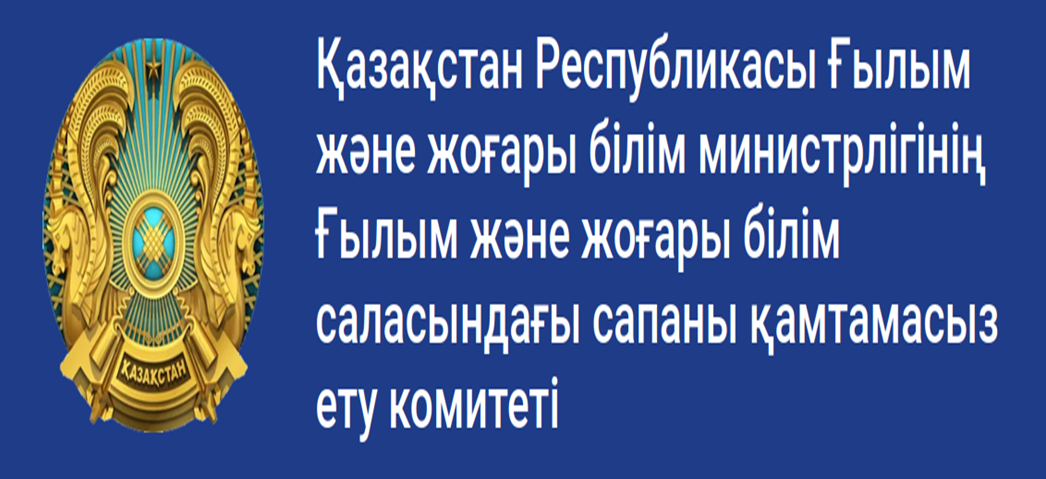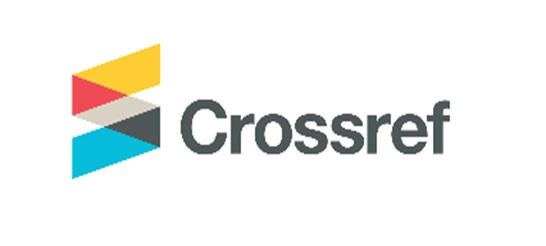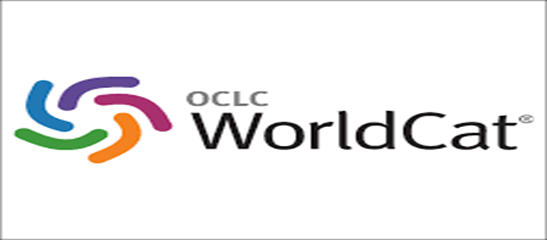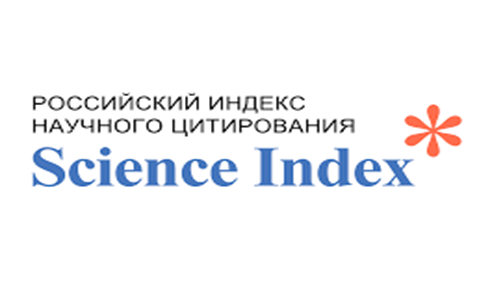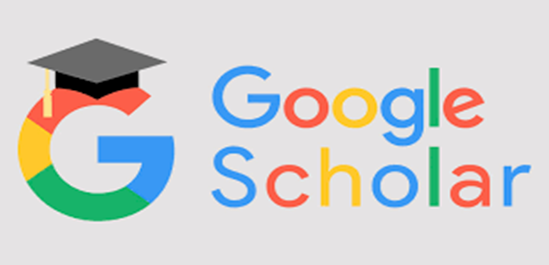A root morpheme in the Old Turkic language
Views: 371 / PDF downloads: 562
DOI:
https://doi.org/10.32523/2664-5157-2022-1-95-108Keywords:
old Turkic literary language, language system, word structure, root morpheme, symbolism, historical relics, non-derivatives, variability, producing root morphemesAbstract
The old Turkic literary language was formed on the basis of ancient Turkic dialects. In the
era of the ancient Turkic kaganates, the language of runic inscriptions as a single literary language was
used by various Turkic tribes or unions of tribes – Kipchaks, Oghuz, Uighurs, Turgesh, Kirghiz. The internal
structure of the old Turkic literary language has been sufficiently studied in terms of graphic, phoneticphonological,
lexical, morphological. However, the morpheme-derivative system of the language has been
studied fragmentarily and inconsistently. The purpose of this article is to consider the structure of the
old Turkic word, in particular, the potential of the root morpheme. The structure of the old Turkic word
consists of a root and affixal morphemes, differentiated into derivational, inflectional and formative. A root
morpheme is a sign unit, the content of which is encoded information embodied in the lexical meaning of
the word. The meaning of the root is singular and concrete, in contrast to the abstract meanings of auxiliary
morphemes. The root morpheme of the old Turkic language differs from the root morphemes of modern
Turkic languages in a number of ways, and above all in the preservation of historical relics, primary
monosyllabic and verb-nominal syncretism. In the process of the historical development of the structure
of the Turkic word on the basis of monosyllabic, a new model of the root appears, along with which
many types of non-derivative roots, three/four/five/six-syllable/seven-syllabic, function in the old Turkic
language, which reveals the potential of non-derivative Turkic roots. Another feature of the old Turkic root
is the variability of its sound-phonemic composition ((ил/ел; ир/эр/ ер; бен/мен, сен/син, ол/ул/у;
мын/мин/мен/мун/мүн) il/el; ir/er/er; ben/men, sen/sin, ol/ul/u; myn/min/men/mun/mun), which is
uncharacteristic for root morphemes of modern Turkic languages. Such diffuse changes are fundamentally
due to the archaism of the proto-forms and the influence of ancient Turkic dialects.
The root morpheme is the old Turkic language is an active participant in the act of word creation,
representing a generating basis in the formation of derivative words with word-building affixes. The
derivation of the root morpheme is also revealed in the formation of complex, paired words and combinations
of words, typologically inherent in the Turkic languages both in diachrony and in synchrony.
The root of the old Turkic word structure is the subject of a required article by the author.






